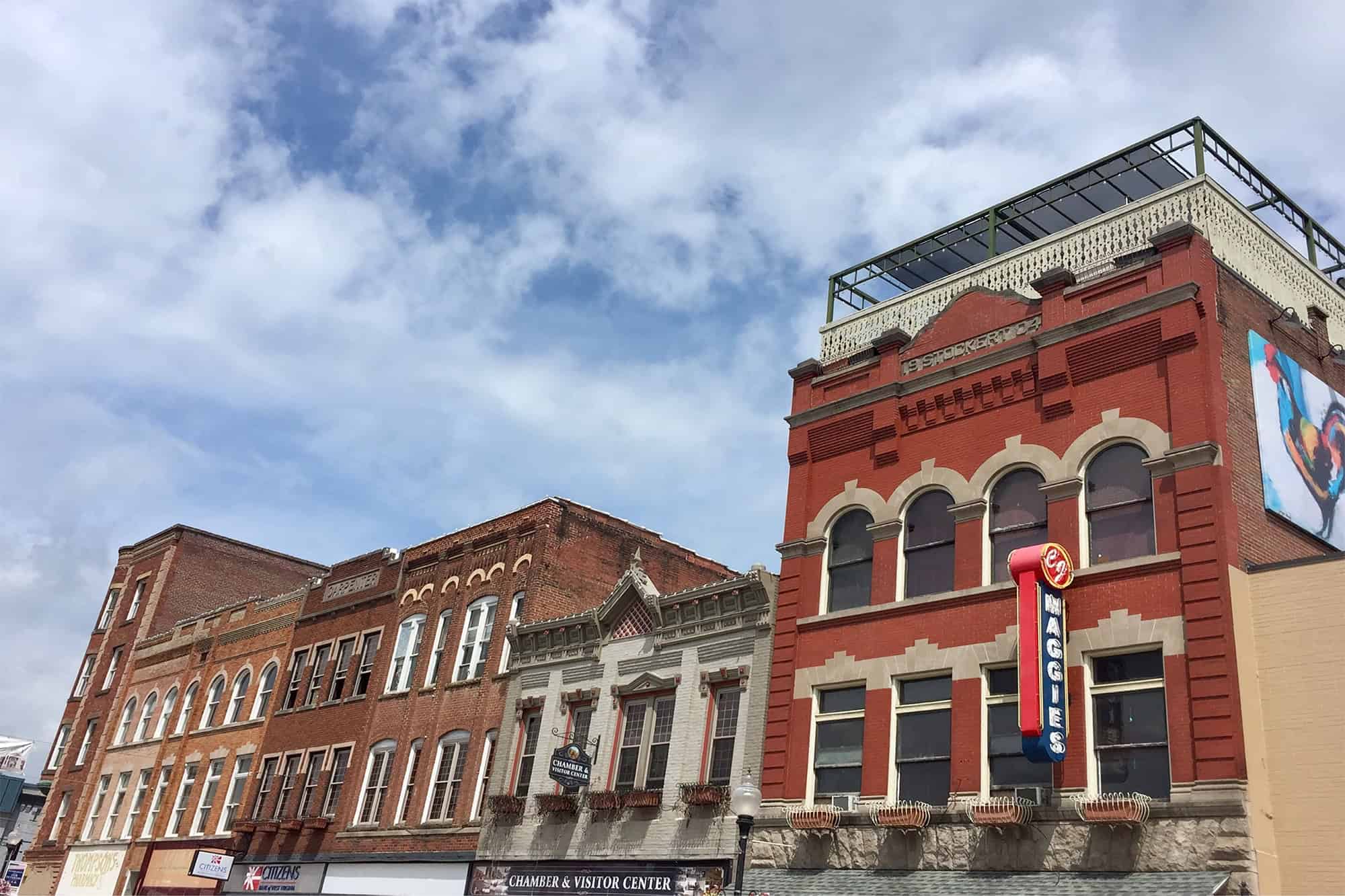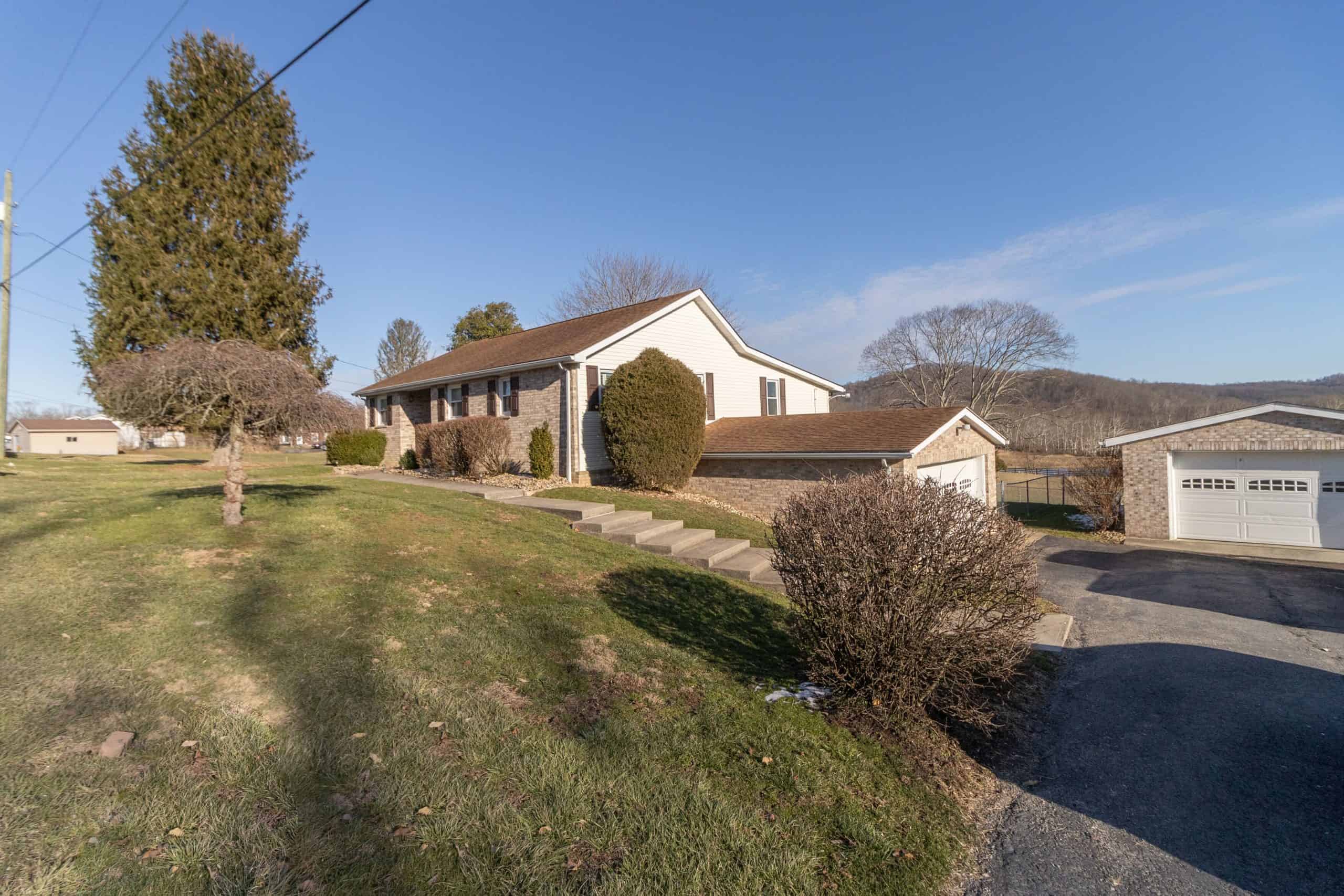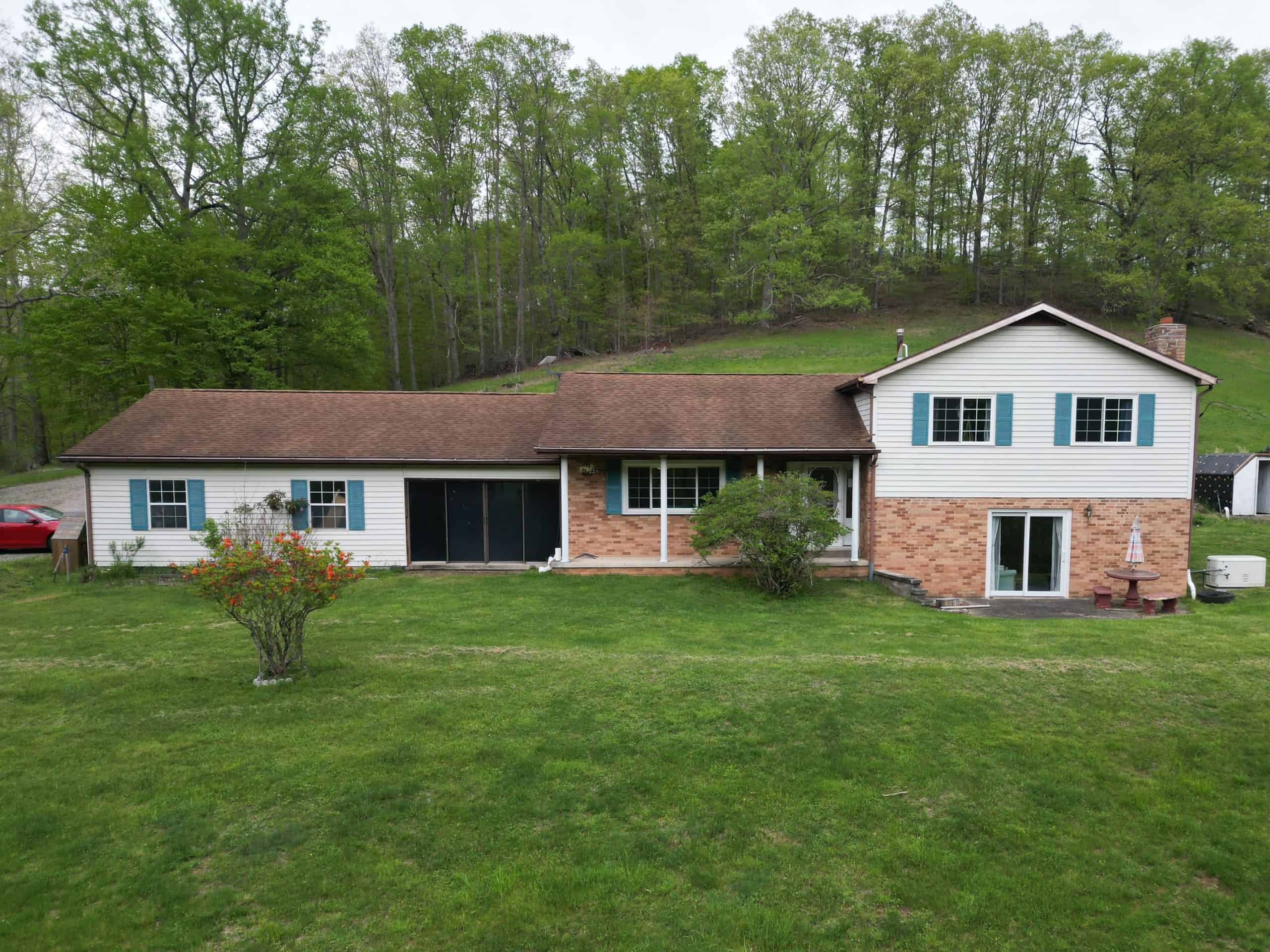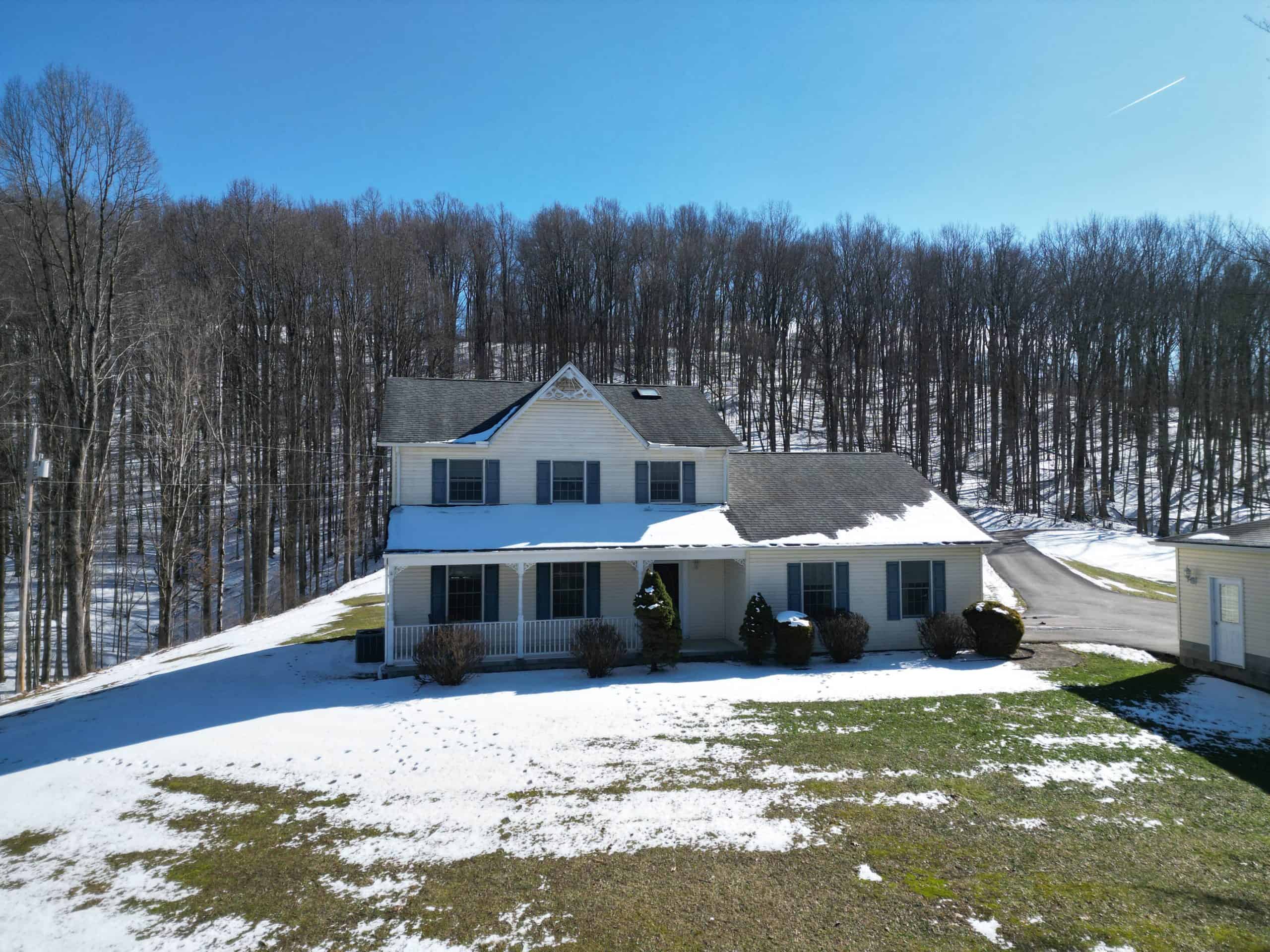Featured Counties
New to The Market
Featured Listings
3508 Old Mill Rd, Weston, WV
Featured Listing Nestled just minutes from Jackson's Mill, this well-maintained brick home offers the perfect blend of comfort, convenience, and versatility. Featuring two generously sized bedrooms, each with its own full bathroom, this home boasts a spacious living area designed for both relaxation and entertaining. The attached garage [...]
10401 Skin Creek Rd, Horner, WV
Featured Listing This beautifully remodeled 4-bedroom, 3 full bathroom home offers modern comfort in a peaceful, private setting. [...]
310 Dewberry Trail, Buckhannon, WV
Featured Listing This beautiful two-story home offers the perfect blend of privacy and convenience, situated right off Route [...]
3508 Old Mill Rd, Weston, WV
Featured Listing Nestled just minutes from Jackson's Mill, this well-maintained brick home offers the perfect blend of comfort, [...]
10401 Skin Creek Rd, Horner, WV
Featured Listing This beautifully remodeled 4-bedroom, 3 full bathroom home offers modern comfort in a peaceful, private setting. [...]
310 Dewberry Trail, Buckhannon, WV
Featured Listing This beautiful two-story home offers the perfect blend of privacy and convenience, situated right off Route [...]














